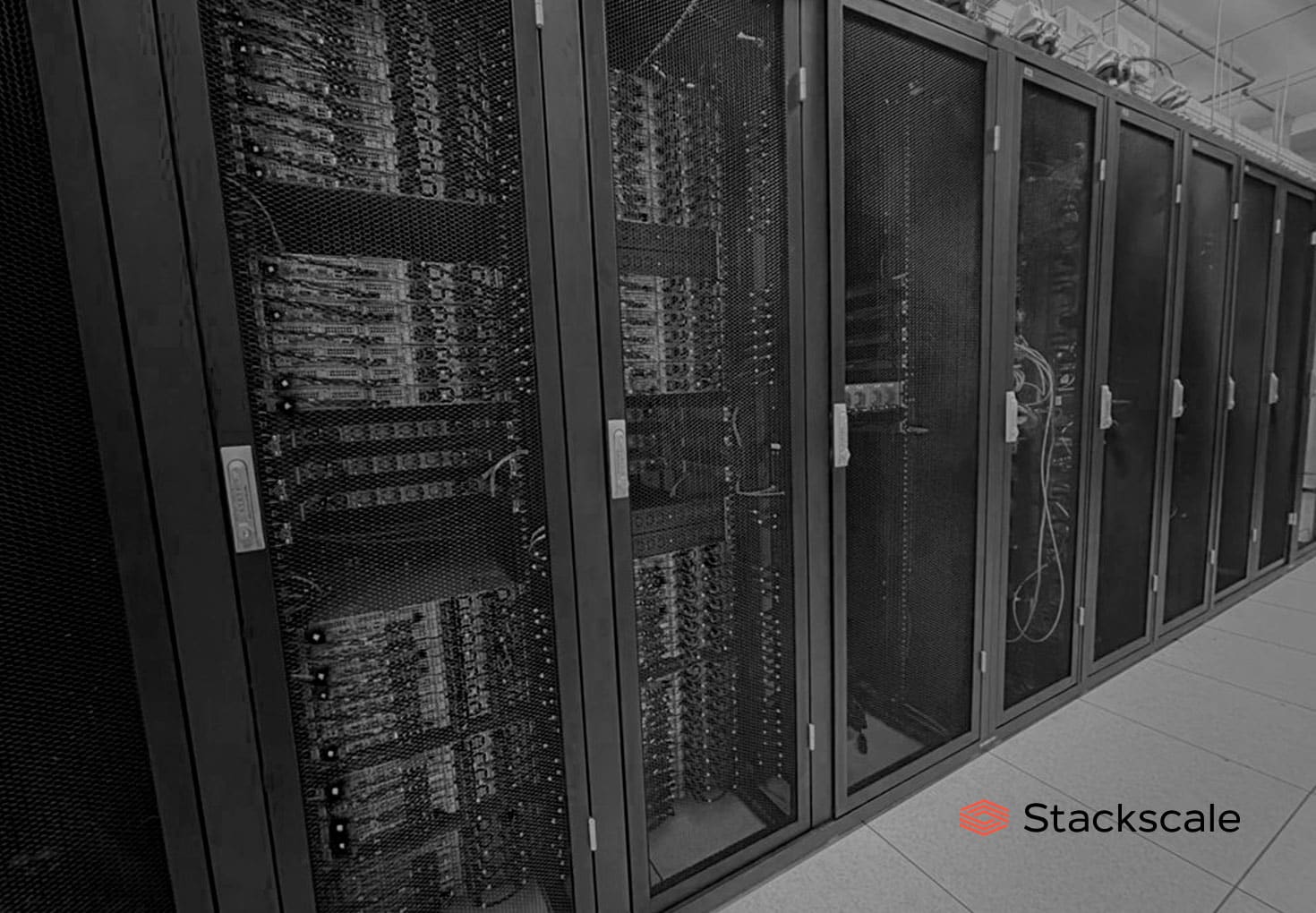In a rapidly advancing digital transformation environment, organizations are quickly adopting new technologies to stay ahead. In Spain, 98% of companies are immersed in this process, according to a report by NetApp, highlighted by the digital transformation solutions consultancy knowmad mood. Despite the trend towards cloud migration, three-quarters of these organizations still manage their workloads through on-premise systems.
While Software as a Service (SaaS) is gaining ground for its ability to simplify deployment, many companies opt for a gradual adaptation, seeking the benefits of a hybrid model that combines SaaS and on-premise. This strategy offers significant advantages in terms of security and costs, and allows for better management of both the organization’s software and data.
Benefits of combining SaaS and On-Premise
- Greater Control over Technological Infrastructure: In the SaaS model, infrastructure management rests with the provider, resulting in a loss of control for the organization. In contrast, with on-premise systems, the organization maintains complete control. Combining both models allows for proper management of each modality, especially if the software is contracted and not developed internally.
- Customized Infrastructure: The integration of SaaS and on-premise provides greater control over software environment management, allowing for customized configurations based on the organization’s specific needs. This includes personalized features, specific integrations, and particular security adjustments.
- Freedom in Choosing Data Storage: The on-premise model allows organizations to host critical applications and data on their infrastructure, offering greater freedom to establish personalized cybersecurity measures. In the SaaS model, these measures depend on the provider. The organization can decide which data to host in its own infrastructure and which in the SaaS provider’s.
- Security and Compliance: Keeping software up to date is crucial for security, a responsibility that in the SaaS model falls on the provider. Here, a third party can manage the entire infrastructure, ensuring security levels and regulatory compliance aligned with the organization’s internal policies, considering regulations like the EU’s GDPR.
Challenges and Opportunities of the Hybrid Model
Although the cloud is seen as the future, models that combine SaaS and on-premise will continue to be the foundation of many organizations’ infrastructures. This combination can offer the best features of both modalities but also introduces additional complexity that may require third-party assistance to ensure proper management at both technical and legal levels.
David Carrero, co-founder of Stackscale (part of Grupo Aire), a leading company in IaaS infrastructure solutions, private cloud, and bare-metal, comments on this trend: "The hybrid model is a robust solution that allows companies to maximize the benefits of the cloud without losing control over their critical infrastructure. However, it is essential to have a well-defined strategy and expert collaborators to ensure effective integration and management."
Digital transformation poses challenges not only in terms of transitioning to the cloud and maintaining on-premise systems but also due to the emergence of artificial intelligence, which promises profound changes in areas like cybersecurity. In this context, the shortage of specialized professionals is a growing concern.
In conclusion, combining SaaS and on-premise allows organizations to enjoy a flexible and robust infrastructure tailored to their specific needs. The key to success lies in effective management and the ability to quickly adapt to the technological and regulatory changes that the future holds.

